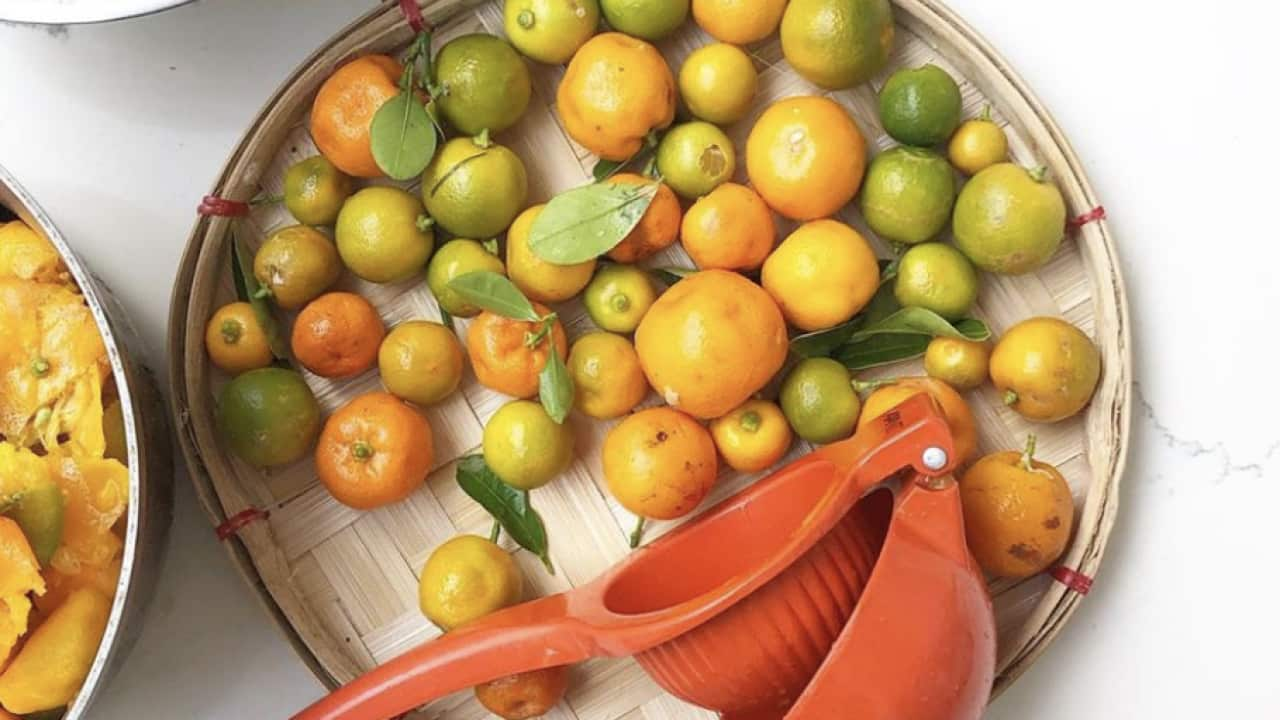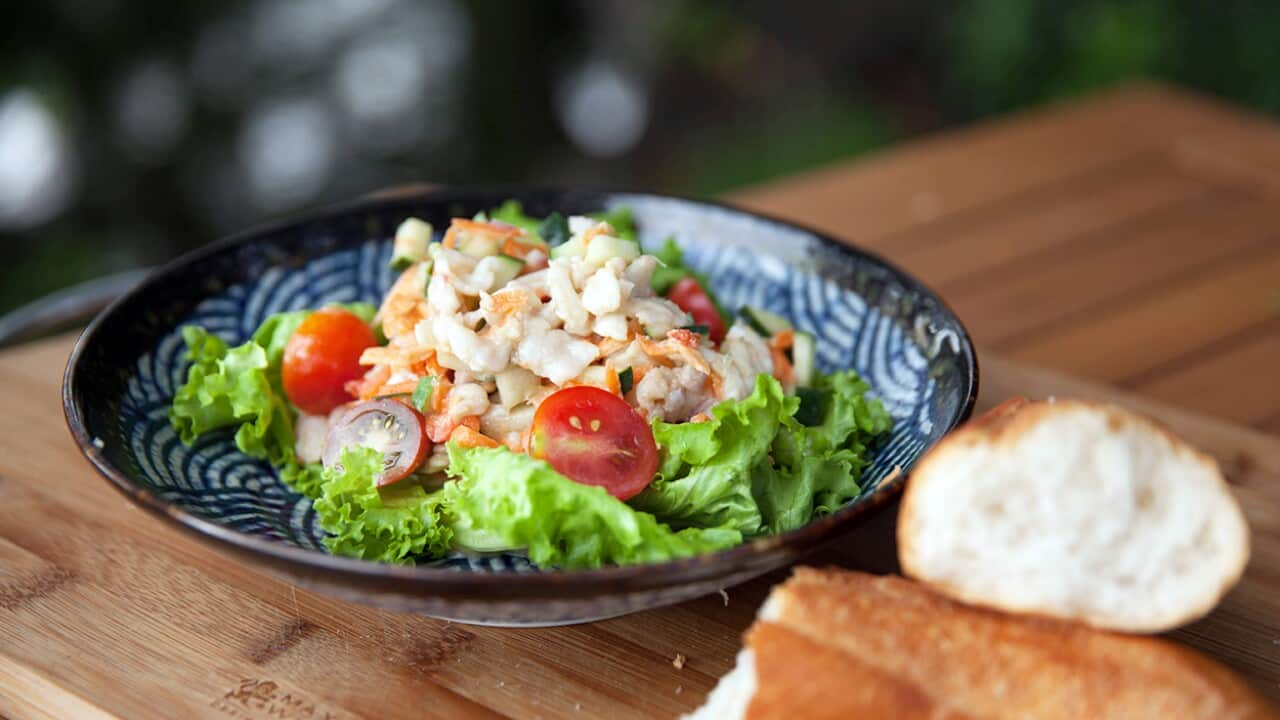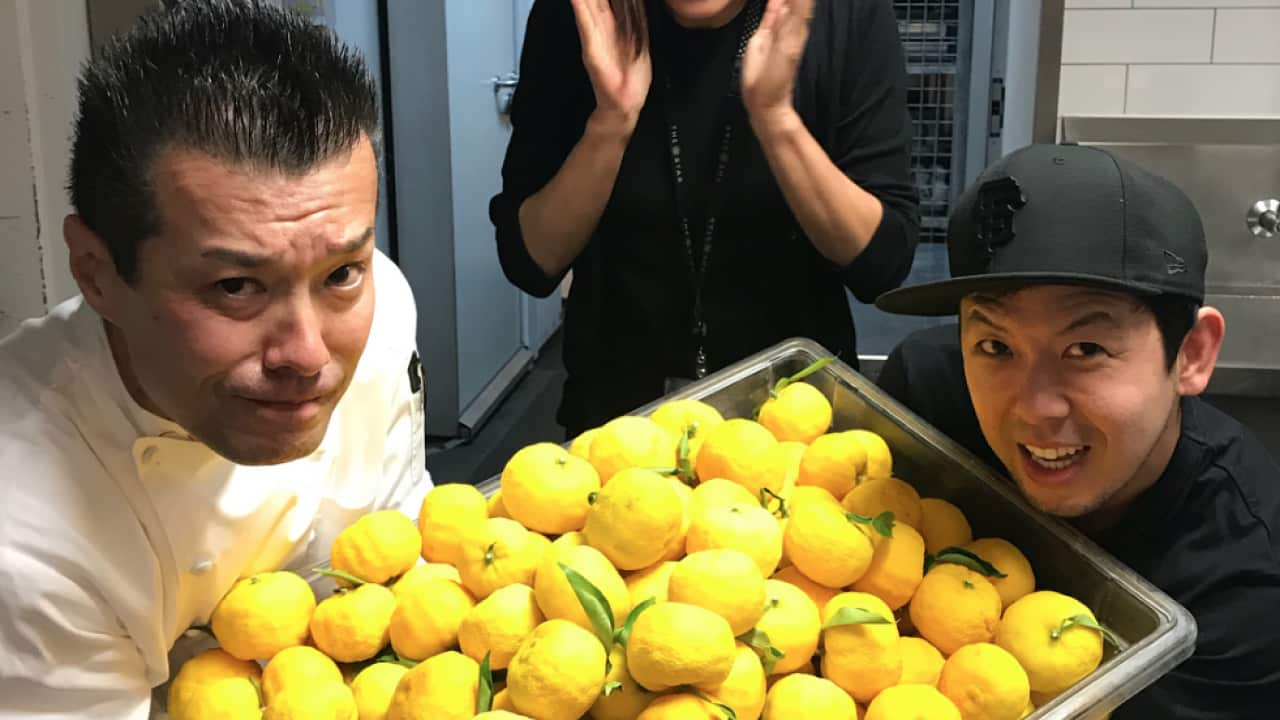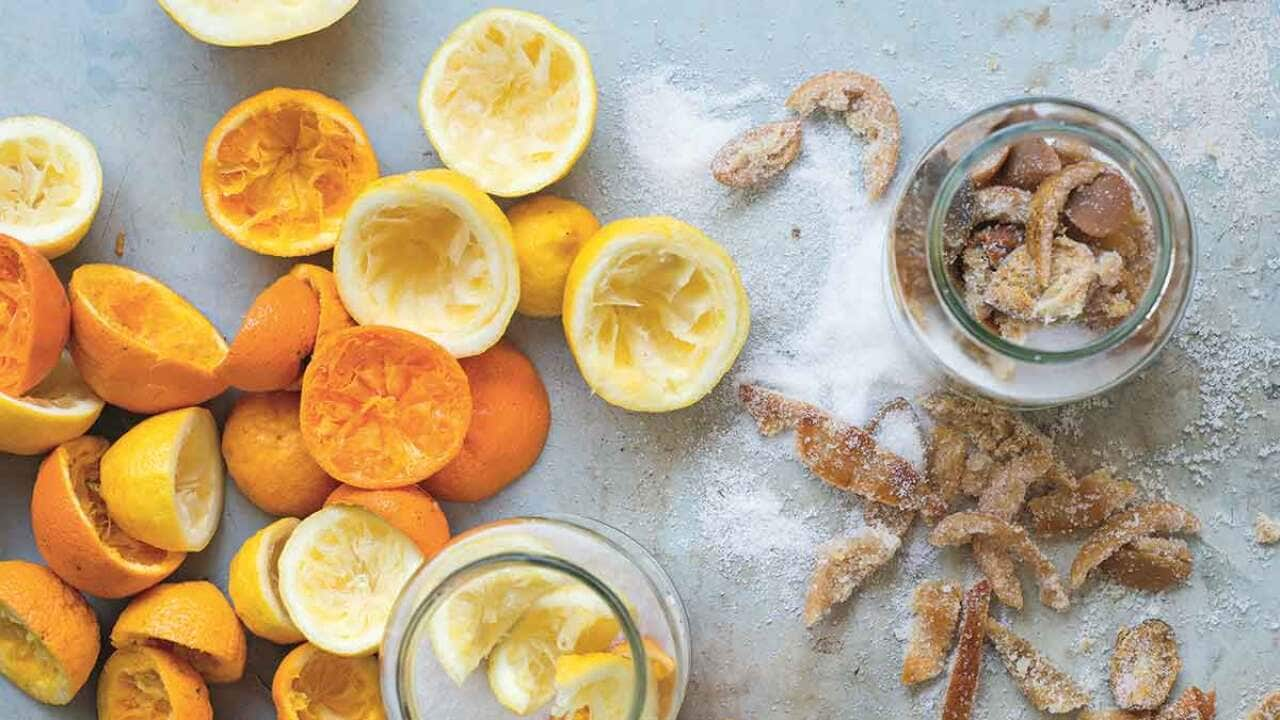There's an ingredient in Thai curries that costs as much as white truffles — yet it's often left discarded and returned, like an unwanted gift, when restaurants collect diners' bowls and plates.
The ingredient in question is — the gnarled lime that looks as knotty as a brain and whose fragrant leaf is often used to infuse . , the host of SBS Food's program, runs Sydney's and restaurants. She says it's crushing to see the lime uneaten when tables are cleared. "It's one of those things that is so expensive." The restaurateur has seen their price jump from $90 a kilo to nearly $300 a kilo. "Then you realise why it's so expensive," Anderson says. "It takes an extremely long time to pick it … It's so full of spikes.
"I remember timing myself once for one kilogram. I was speared through the hand so many times, and it took me literally almost four hours."
Now, the restaurateur cultivates the thornless variety on her in Byron Bay. It became necessary to grow makrut herself, as buying it at ever-increasing prices made it tricky to budget for. As an essential ingredient in Thai cuisine, dropping makrut from menus was out of the question. The rind adds a fundamental brightness to curry pastes — and the leaves give dishes a lingering, fragrant note. She also recommends finely slicing the leaves to mix through a warm salad – "always adding [it] in the end, never in that heating process…because it has very volatile oils, so you don't want to be heating it."
One of Anderson's favourite dishes — water spinach curry (gaeng tay po) — showcases every aspect of the fruit: the skin, leaves and the incredibly sour juice.
She says it's rare for the tart and bitter liquid to be used in a Thai dish. In fact, she's more likely to see it in Thai shampoo bottles or cosmetics. This multifunctional fruit also has a reputation for being a good leech repellent (pray you never have to test this first hand) and Anderson says it's a secret weapon in a traditional recipe Thai grandmothers use for destroying head lice.
The restaurateur also avoids waste, after her kitchens strip the lime of its rind and leaves for dishes. "We put [the fruit] in the [restaurant] kitchens and bathrooms to deodorise [them]."
, the Bangkok-born chef who runs Brisbane's restaurant, says this practice is actually quite traditional. "Yes, that is a Thai [thing], it really is true," she says. "We put it in the bathroom, to get rid of the bad urine smell. It does work." She's seen makrut in public toilets in Thailand, especially in the country's south. The leftover fruit is often cut in half and left in urinal trays — something she noticed when assisting her nephew in men's toilets. Sometimes makrut would be placed in small containers in women's toilets — its sharp citrus scent freshening the air.
It's the kitchen, of course, where Phoonsang is most inspired by makrut. The chef crushes it into her curry paste, to give it that fragrant, bracing hit. "If you don't have that, then the curry is not complete."
Vinita Chumsri, who runs , a vegan Thai restaurant in Sydney's inner west, says makrut is a vital ingredient in Thai cooking. "Makrut lime leaves are rich with natural oils, so it's always best to use them fresh if possible." The fruit's sour juice and bruised leaves give a lively, citrus punch to her restaurant's coconut and tom yum soups, while generous amounts of makrut zest — the "most aromatic way of extracting the flavours" — and julienned leaves add their zing to Little Turtle's Panang, green and hor mok curry pastes. "In most of our dishes, we pair makrut limes with lemongrass, galangal, ginger, chillies and coconut," she says. It's a non-negotiable ingredient.
While makrut has been a mainstay of Thai cooking, attitudes towards the word have evolved. You've likely seen the fruit more typically referred to as 'kaffir lime', a name in his 1910 book. What began as a reference to an ethnic group in Sri Lanka, who proudly identify themselves as Kaffirs, has gained ugly connotations in other parts of the world. In South Africa, kaffir is used as a racist slur against black Africans — comparable to using the 'n' word. It's also deployed as a , which is another reason why some people avoid it. American restaurant critic famously placed the name on her list of in February 2019, and while there's been American reporting about kaffir lime being an offensive word since 2014, this awareness has yet to occur in Australia. It's still relatively common to see 'kaffir lime' being listed on a menu. Anderson puts it down to ignorance rather than insensitivity.
"I think a lot of people, if they knew [kaffir was insulting], they certainly would stop [using it]," she says.
"Names change, borders change, ingredient labels change. This one's changed because of racial and political associations," she says. "I always wondered why the hell it was called kaffir lime anyway. The Thais call it makrut."
Anderson is part of a growing wave of people who have embraced the traditional Thai name — Anderson dropped the more problematic term 'kaffir lime' from her menus quite a few years ago.
Local awareness about this controversial word is on the rise, too.
If we know that the word will be making someone feel uncomfortable or offending someone...then we should change it.
Phoonsang admits that she hadn't known of kaffir's offensive nature until she was interviewed for this story.
"This is the first time I've heard about it," she says. But the chef wants to adapt to what's acceptable.
"If we know that the word will be making someone feel uncomfortable or offending someone, if we know it, then we should change it," she says.
Chumsri also thinks it's important to use the word makrut instead.
"Especially with the backdrop of the Black Lives Matter protests last year, I think that it is imperative that we continue to educate ourselves on names, phrases and their origins. Personally, to see the name 'kaffir lime' as just a name or to say that 'the intent of the name is not meant to be racist' is not good enough to push under a rug. By not acknowledging this, we're perpetuating racism in the food system," she says.
So at Little Turtle, she's working with kitchen and floor staff to update their menus to reflect this.
"We're also raising awareness to our food suppliers," the restaurateur says. "It's important to be respectful of other cultures and to continue to raise awareness of the use of names or phrases that are considered offensive. Me and the rest of the Little Turtle team aim to increase our understanding of inclusivity and to continue to create a safe and accommodating space for everyone who dines with us."
Love the story? Follow the author here: Twitter and Instagram . 
















